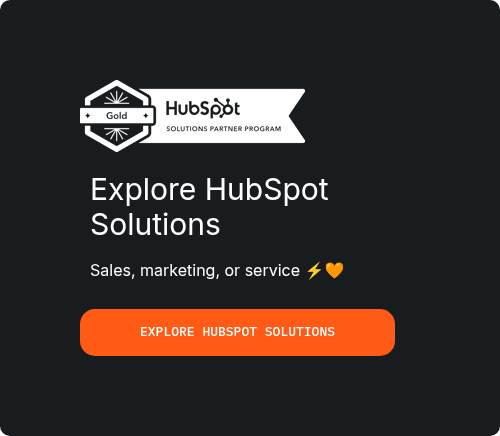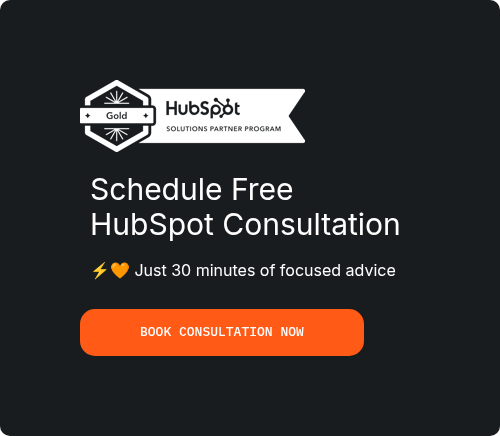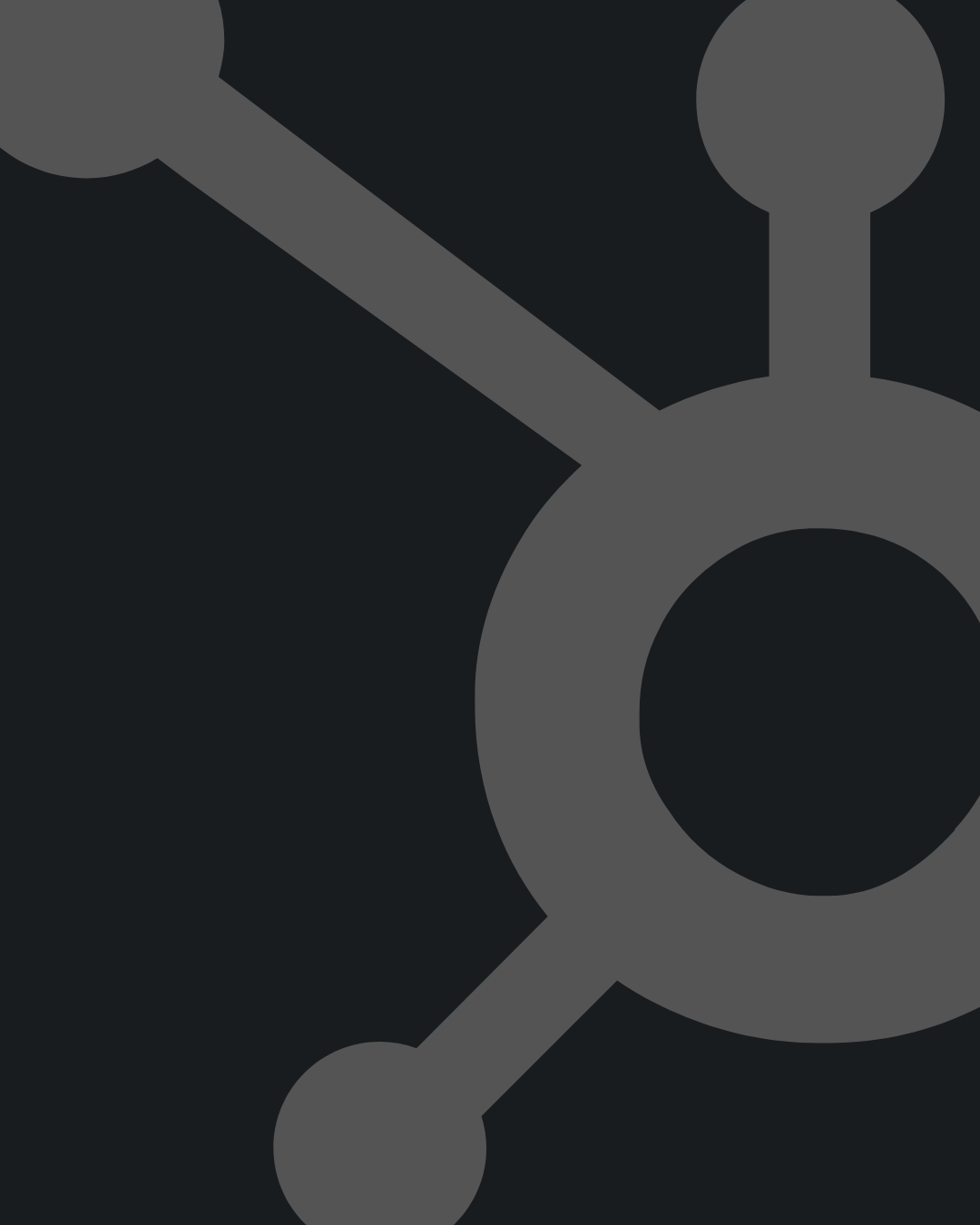
In the fast-paced digital landscape of 2025, businesses are in a constant race to meet and exceed customer expectations. The demand for instant, personalized, and 24/7 service has never been higher. This is where the power of artificial intelligence, specifically conversational AI, comes into play. A recent study by Invesp shows that chatbots can save companies up to 30% on customer support costs, handling around 80% of standard inquiries without human help [1]. This isn't just about cutting costs; it's about a fundamental digital transformation in how businesses engage with their audience. The key to unlocking this potential lies in choosing the right chatbot framework.
This article is your comprehensive guide to the 15 best chatbot frameworks available in 2025. We'll explore what they are, why they're crucial for your business, and how to select the perfect one to elevate your customer interactions and drive significant growth. Whether you're a seasoned developer or a business leader looking to innovate, this guide will provide the insights you need to make an informed decision.
What Exactly is a Chatbot Framework?
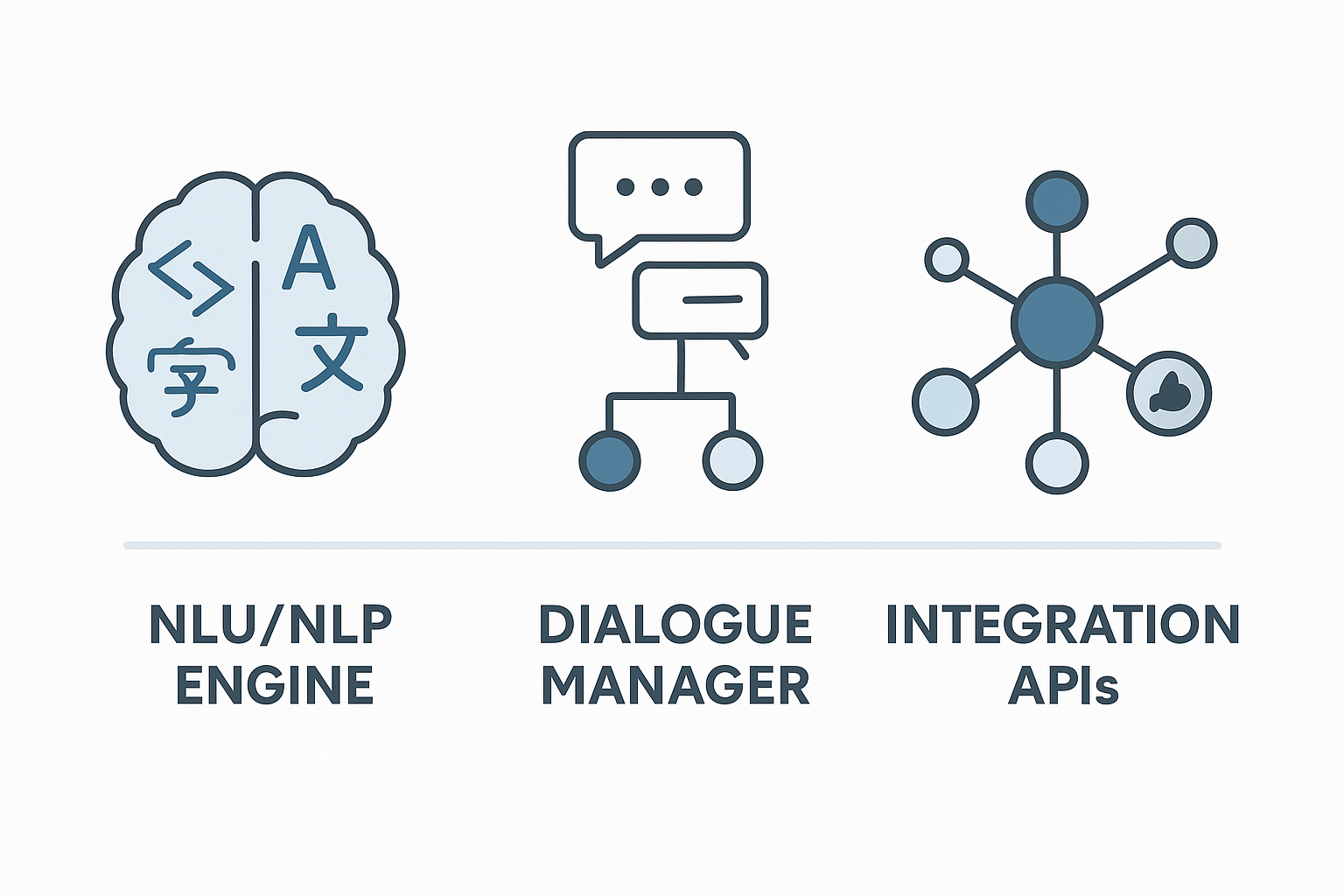
Think of a chatbot development framework as the blueprint for building a house. It provides the foundational structure, tools, and guidelines to create a sophisticated, intelligent conversational agent. Without a framework, you'd be starting from scratch, trying to invent the wheel with every new project. These frameworks provide the essential components that allow chatbots to understand, process, and respond to human language in a way that feels natural and helpful.
At the core of every modern chatbot framework are three key components:
•Natural Language Understanding (NLU) / Natural Language Processing (NLP) Engine: This is the brain of the chatbot. It takes the user's raw text or speech and figures out the intent behind it. For example, it understands that "I want to buy a new phone" and "show me the latest smartphones" are expressing the same goal. This is where the magic of natural language processing happens.
•Dialogue Manager: This component is the conversation's director. Once the NLU engine understands the user's intent, the dialogue manager decides what the chatbot should do or say next. It maintains the context of the conversation, handles turn-by-turn interactions, and follows the conversational flow you've designed.
•Integration APIs: A chatbot rarely works in isolation. It needs to connect to other systems to be truly useful. Integration APIs allow the chatbot to fetch information from a database, connect to a CRM, process a payment, or hand off the conversation to a human agent. These connections are what make a chatbot a powerful tool for business process optimization.
Why Your Business Needs a Robust Chatbot Framework in 2025
The conversation around chatbots has shifted from "if" to "how." An effective ai chatbot framework is no longer a luxury but a necessity for any business serious about competing in the modern market. The right framework can deliver tangible benefits that go far beyond simple cost savings.
A powerful framework enables the creation of really good chatbots that significantly enhance the user experience design. Instead of waiting on hold or navigating complex website menus, customers get instant, accurate answers to their questions, 24/7. This level of service builds loyalty and satisfaction.
Furthermore, a well-implemented chatbot is a powerful engine for customer service automation. It can handle the high volume of repetitive queries, freeing up your human agents to focus on more complex, high-value interactions. This not only improves efficiency but also boosts employee morale.
Finally, the right framework can be a key driver of revenue. By guiding users through the sales funnel, recommending products, and capturing leads, a chatbot becomes an active participant in your growth strategy. It's a proactive tool for engagement, not just a reactive one for support.
How We Evaluated the Best Chatbot Platforms
To provide a truly valuable chatbot framework comparison, we established a clear and objective methodology. Our evaluation is based on a set of criteria designed to assess each platform's suitability for a wide range of business needs and technical capabilities. We looked beyond the marketing hype to analyze what truly makes a platform one of the best chatbot platforms on the market.
Our criteria for this comprehensive review include:
•Ease of Use: We considered how accessible the platform is for both seasoned developers and non-technical users. Does it offer intuitive visual builders, or is it purely code-driven?
•NLP/AI Capabilities: We delved into the power and sophistication of the underlying machine learning algorithms. How well does the chatbot understand user intent, handle complex queries, and learn from interactions?
•Customization & Flexibility: We assessed the degree to which you can tailor the chatbot to your specific needs. Can you create custom conversational flows, integrate your own logic, and control the bot's personality?
•Integration Ecosystem: We examined the platform's ability to connect with other enterprise software solutions. A great chatbot needs to be a team player in your existing tech stack.
•Pricing & ROI: We analyzed the value for money offered by each framework, considering both the initial investment and the potential return on investment through cost savings and revenue generation.
The 15 Best Chatbot Frameworks for 2025
5.1. Google Dialogflow
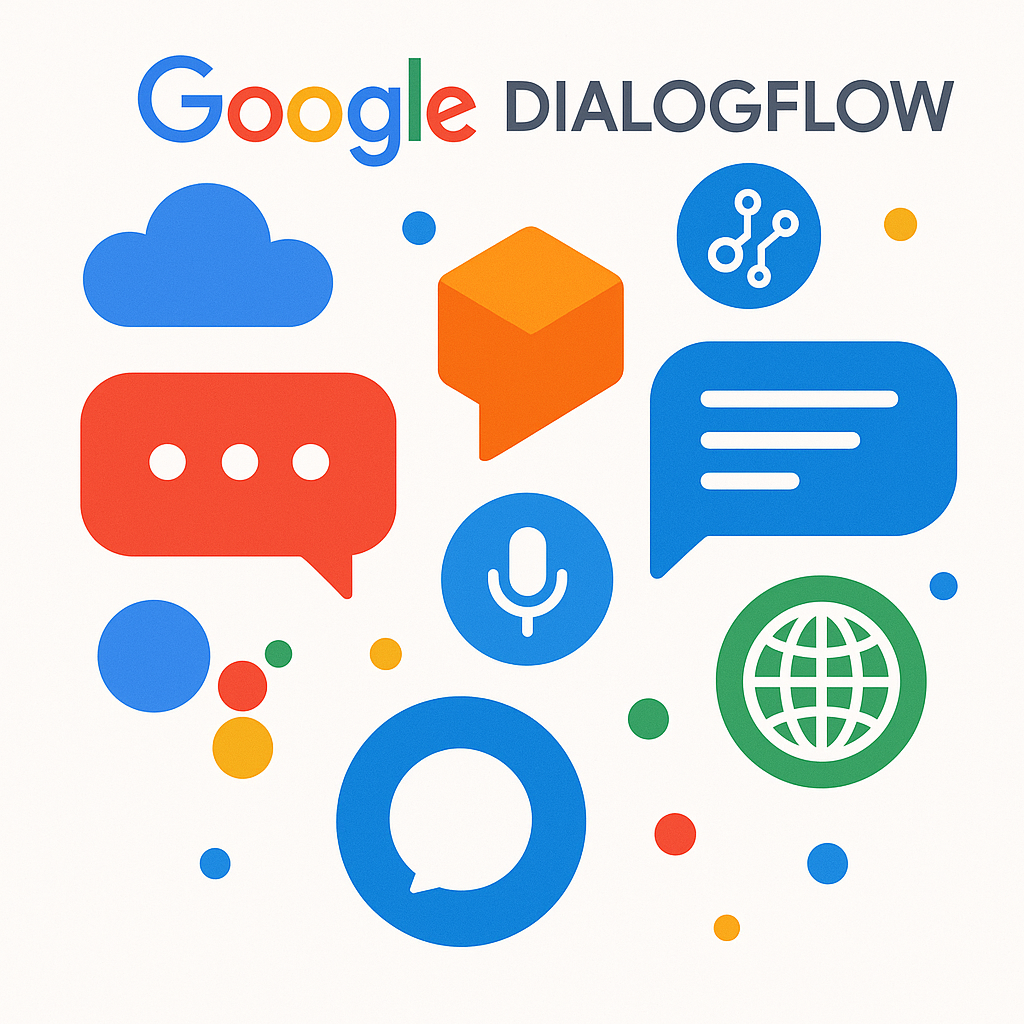
As a key component of the Google Cloud AI suite, Dialogflow is a powerhouse in the world of conversational AI. It is a mature and robust platform that benefits from Google's extensive research and development in machine learning and natural language understanding. Dialogflow allows you to build both voice and text-based conversational interfaces for websites, mobile apps, popular messaging platforms, and IoT devices. Its ability to understand and process natural language across more than 20 languages makes it a top choice for businesses with a global audience. The platform is designed to be accessible to both developers and those with less technical expertise, offering a visual flow builder to design conversation paths. For more advanced use cases, it provides extensive APIs and SDKs, allowing for deep customization and integration. Dialogflow's seamless integration with the Google Assistant and the broader Google Cloud ecosystem makes it an incredibly powerful and scalable ai chatbot framework.
5.2. Microsoft Bot Framework
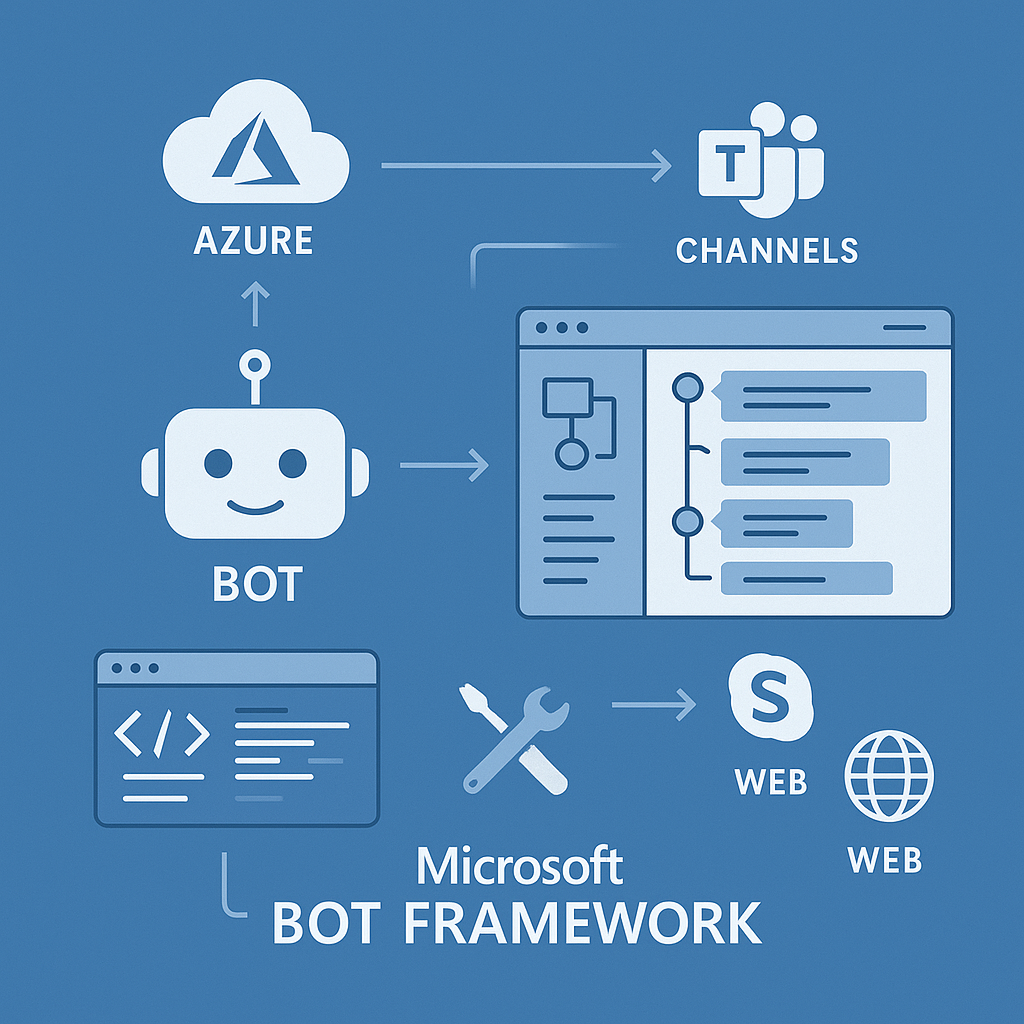
The Microsoft Bot Framework is an enterprise-grade open-source framework that provides developers with a comprehensive set of tools to build and deploy high-quality bots. It is a code-driven platform that offers fine-grained control over the entire chatbot development process. The framework is built on a modular and extensible architecture, allowing developers to use as much or as little of the framework as they need. It provides a rich set of SDKs for various programming languages, including C#, Java, Python, and JavaScript. One of the key strengths of the Microsoft Bot Framework is its deep integration with Azure Cognitive Services, including LUIS (Language Understanding Intelligent Service) for advanced NLU. This allows developers to create bots that can see, hear, speak, and understand. The framework's multi-channel support enables you to build a bot once and deploy it across a wide range of channels, including Skype, Microsoft Teams, Slack, and your own website. For organizations heavily invested in the Microsoft ecosystem, this is one of the best chatbot platforms available.
5.3. Rasa
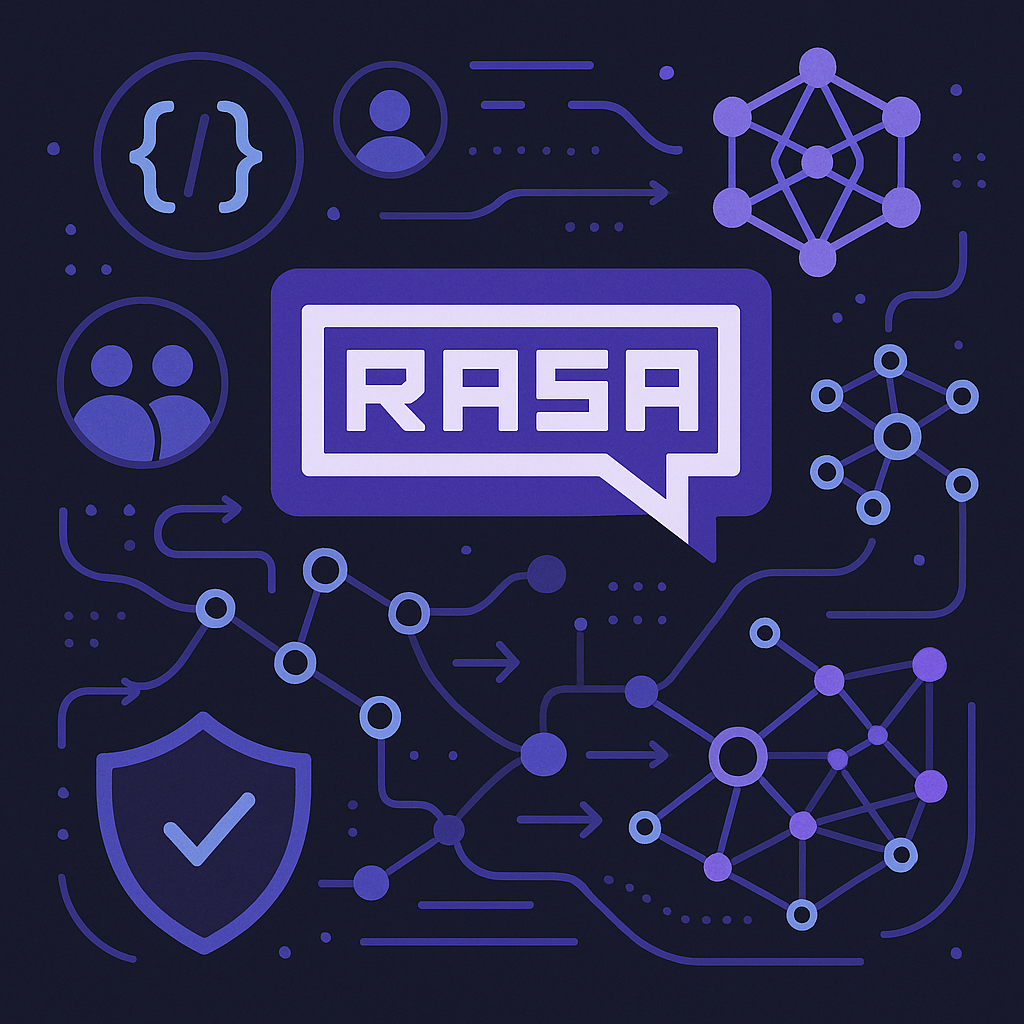
Rasa has carved out a unique space in the chatbot landscape as the leading open-source framework for building conversational AI. Its primary appeal lies in the complete control and privacy it offers. With Rasa, you own your data and your automation. You can deploy it on-premises or in your own private cloud, which is a critical requirement for industries with strict data privacy regulations, such as healthcare and finance. Rasa is a developer-focused platform that requires a good understanding of Python. It consists of two main components: Rasa NLU for understanding user messages and Rasa Core for managing conversations and deciding what to do next. This separation of concerns provides a high degree of flexibility and customization. Rasa's machine learning-based approach to dialogue management allows for the creation of more flexible and less rigid conversational flows. Instead of defining every possible conversation path, you provide training stories, and the bot learns to generalize from them. This makes it a powerful chatbot development framework for building sophisticated and context-aware assistants.
5.4. Botpress
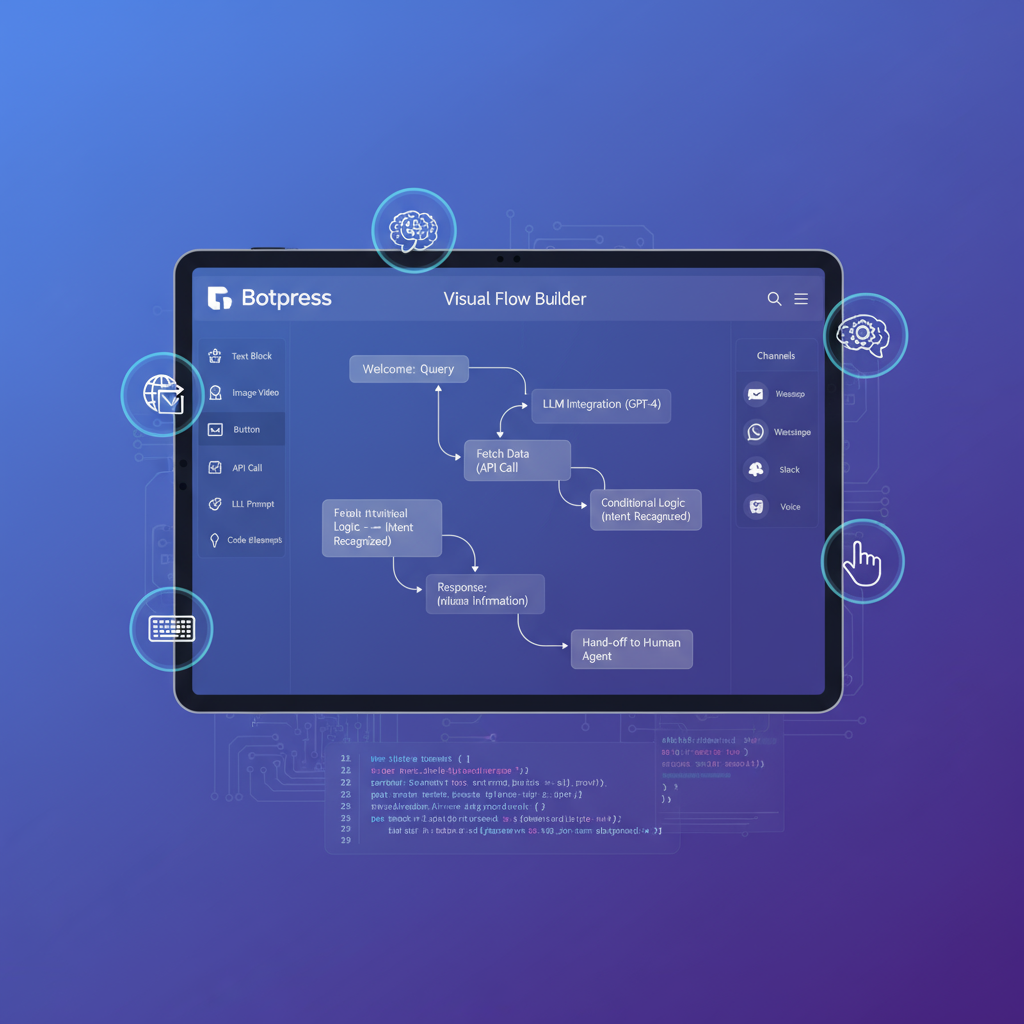
Often referred to as the "WordPress of chatbots," Botpress is an open-source conversational AI platform that strikes an excellent balance between developer power and user-friendliness. It features a visual conversation builder that allows non-technical users to design and visualize conversation flows, while also providing a code editor for developers to implement custom logic and integrations. This collaborative approach makes it a great choice for teams with a mix of technical and non-technical members. Botpress is built on a modular architecture, allowing you to add new features and integrations as needed. It comes with a built-in NLU engine, but it can also be integrated with third-party NLU providers. One of the standout features of Botpress is its focus on developer experience. It provides a comprehensive set of tools for debugging, testing, and managing your chatbots. With its on-premises deployment option, Botpress offers the same level of data control and privacy as Rasa, making it a strong contender for businesses with security concerns. Its combination of visual tools and deep customization makes it a versatile chatbot framework.
5.5. Amazon Lex
Amazon Lex is a fully managed service for building conversational interfaces for any application using voice and text. It is powered by the same deep learning technologies as Amazon's popular virtual assistant, Alexa. This gives Lex a significant advantage in the realm of voice-based interactions. The service provides high-quality speech recognition and natural language understanding capabilities, allowing you to create engaging and lifelike conversational experiences. Lex is deeply integrated with the AWS ecosystem, making it a natural choice for businesses already using AWS services. You can easily connect your Lex bots to other AWS services like Lambda for business logic, DynamoDB for data storage, and Cognito for user authentication. Lex provides a simple and intuitive console for building, testing, and deploying your chatbots. It supports one-click deployment to various platforms, including Facebook Messenger, Slack, and Twilio. The pay-as-you-go pricing model makes it a cost-effective solution for businesses of all sizes. For those looking to build voice-enabled applications, Amazon Lex is a leading conversational chatbot platform.
5.6. IBM Watson Assistant
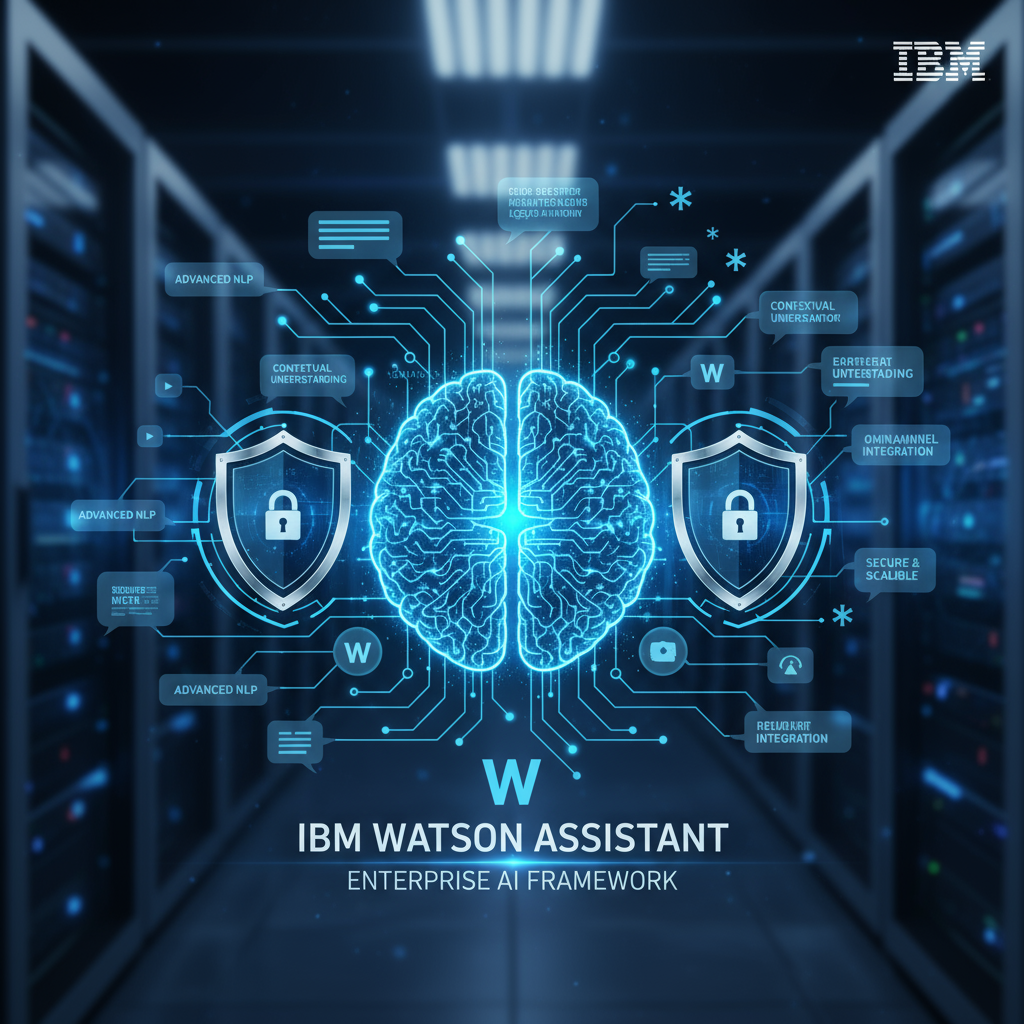
IBM Watson Assistant is a veteran in the AI space, offering a powerful and sophisticated platform for building enterprise-grade conversational AI solutions. Watson Assistant is known for its industry-leading natural language processing capabilities, which allow it to understand complex user queries, handle ambiguity, and maintain context over long conversations. A key differentiator for Watson is its focus on data privacy and security. IBM provides customers with a private cloud environment, ensuring that all conversational data remains secure and proprietary. This makes it a preferred choice for large enterprises in regulated industries. The platform features a user-friendly visual dialog editor that allows you to create conversation flows without writing code. However, it also provides a rich set of APIs and SDKs for developers who need to build more complex integrations and custom logic. Watson Assistant is designed to be a central part of your enterprise software solutions, with pre-built integrations for a wide range of business systems. While it can be more expensive than some of its competitors, its advanced features and enterprise-grade security make it a top-tier ai chatbot framework.
5.7. Wit.ai (Meta)
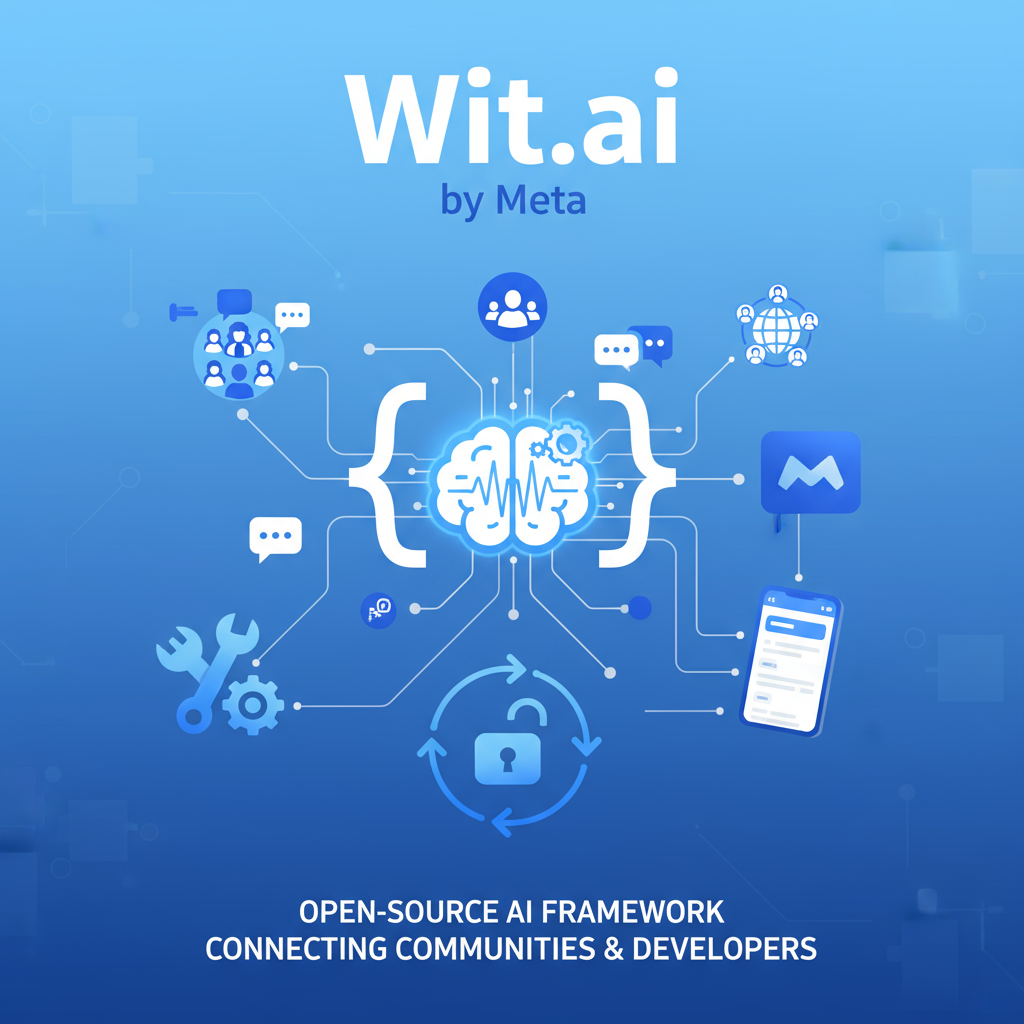
Acquired by Facebook (now Meta) in 2015, Wit.ai is a free and open-source NLP platform that has become a popular choice for developers, especially those building bots for Facebook Messenger. Its biggest advantage is that it's completely free to use, making it an attractive option for startups, hobbyists, and businesses on a tight budget. Wit.ai provides a simple and intuitive interface for training your NLP model. You provide it with example user utterances, and it learns to recognize intents and entities. The platform is built on a community-driven model, allowing you to browse and learn from what other developers have built. While its NLP capabilities are robust, Wit.ai is primarily an NLP engine, not a full-fledged chatbot framework. It doesn't provide a dialogue management system or pre-built integrations out of the box. You'll need to use it in conjunction with other chatbot development tools or write your own code to handle the conversational logic. However, for developers who need a powerful and free NLP service to power their applications, Wit.ai is an excellent choice.
5.8. Botkit
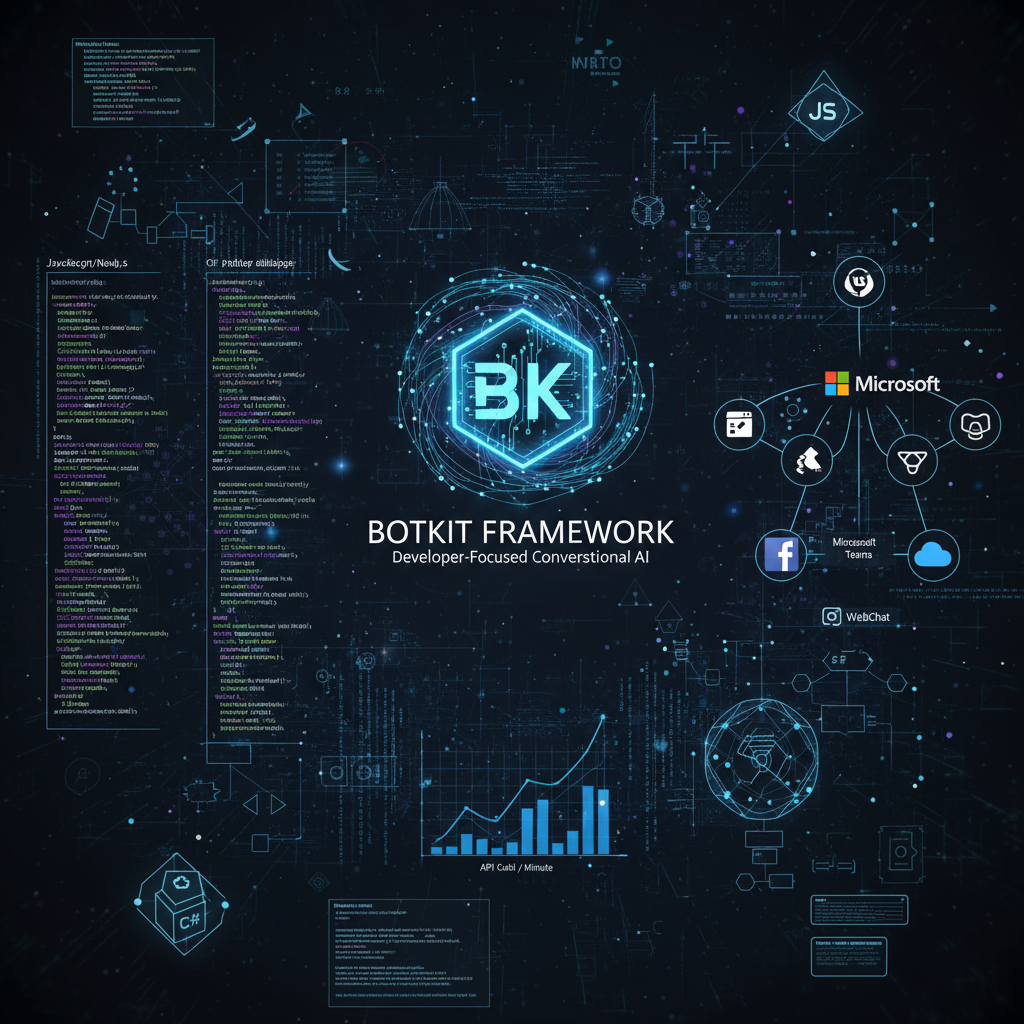
Now part of the Microsoft Bot Framework, Botkit is a developer-centric toolkit for building chatbots, apps, and custom integrations for major messaging platforms. It provides a code-centric approach to bot development, giving developers full control over the conversation logic and user experience. Botkit is known for its ease of use and its focus on creating natural, conversational interactions. It provides a rich set of building blocks for handling common conversational patterns, such as asking questions, collecting information, and triggering actions. The framework has a large and active community of developers who contribute plugins and extensions for a wide range of platforms, including Slack, Webex, Facebook Messenger, and Google Hangouts. While it can be used with Microsoft's LUIS for natural language understanding, it can also be integrated with other NLP engines. Botkit is an excellent choice for developers who want a flexible and extensible chatbot development framework for building custom bots with code.
5.9. Kore.ai
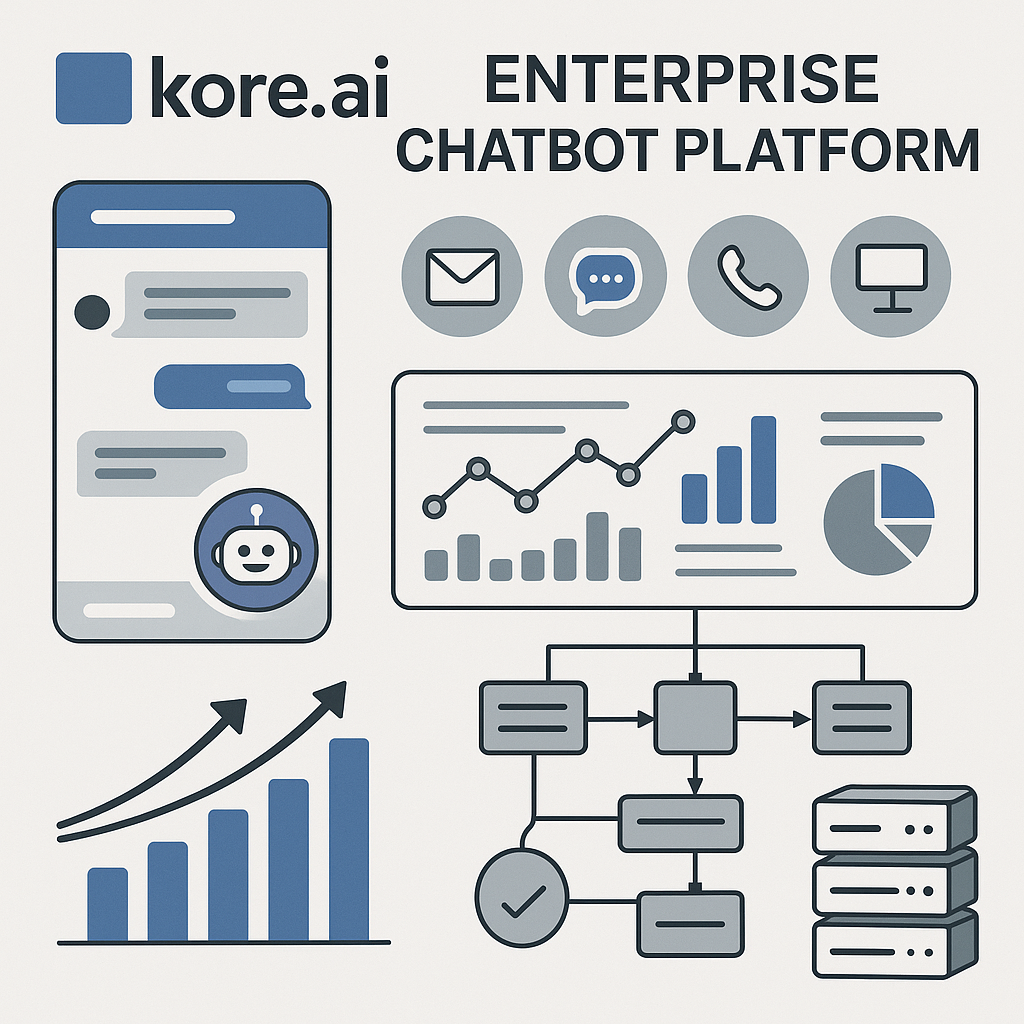
Kore.ai is an enterprise-focused conversational AI platform designed for building complex, multi-channel chatbots that can be deployed across a wide range of communication channels. It is a low-code platform that provides a visual dialog builder, allowing both developers and business users to create sophisticated conversational flows. Kore.ai is known for its strong NLP and NLU capabilities, which enable it to handle complex user queries and maintain context throughout the conversation. The platform provides a comprehensive set of tools for building, testing, and deploying your bots, as well as advanced analytics for monitoring their performance. One of the key strengths of Kore.ai is its focus on enterprise-grade features, including robust security, scalability, and governance. It offers pre-built integrations for a wide range of enterprise systems, making it a powerful tool for workflow automation tools. While it is a premium-priced platform, its advanced features and enterprise focus make it one of the best chatbot platforms for large organizations with complex requirements.
5.10. HubSpot Chatbot
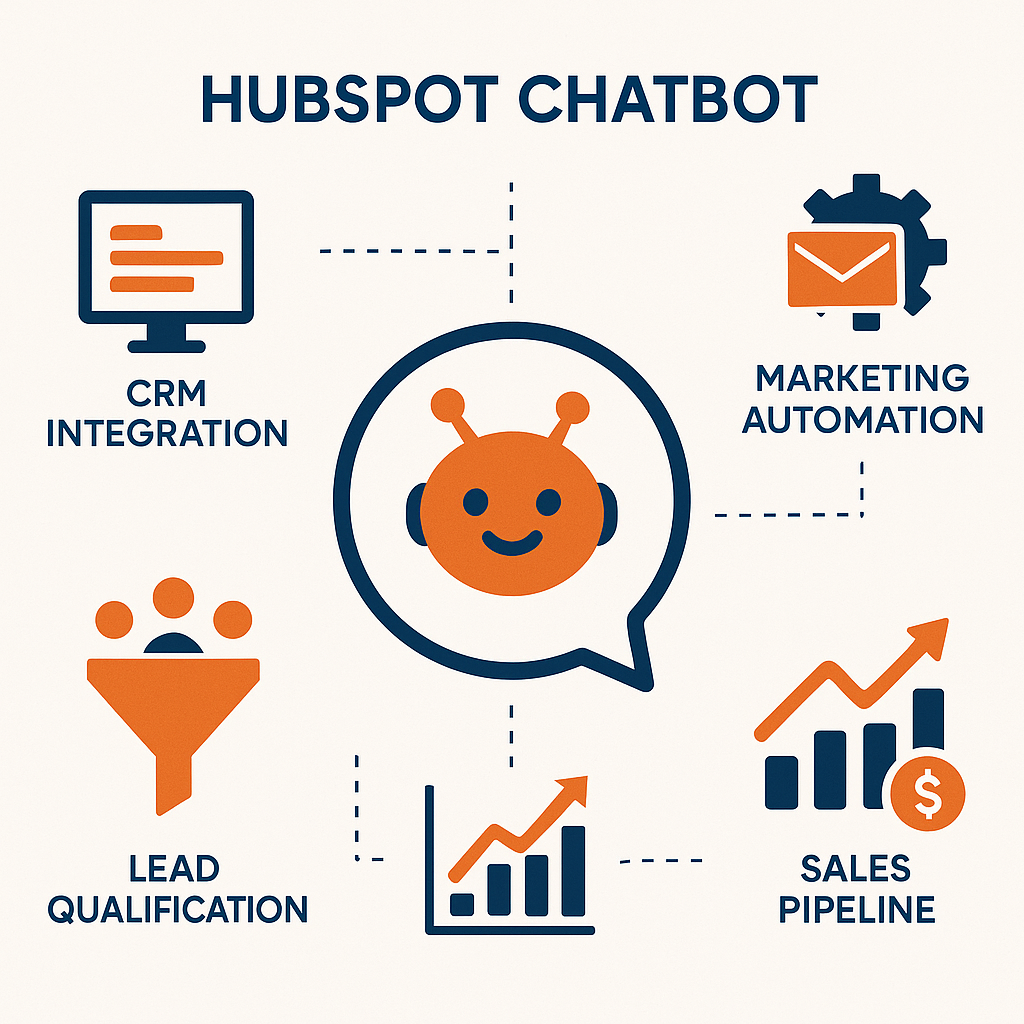
For businesses already invested in the HubSpot ecosystem, the HubSpot Chatbot builder is a natural and powerful choice. It is a seamlessly integrated component of the HubSpot CRM platform, designed to help businesses automate lead generation, customer support, and sales processes. The chatbot builder features a user-friendly visual interface that allows you to create rule-based chatbots without any coding knowledge. You can use pre-built templates for common use cases, such as qualifying leads, booking meetings, and creating support tickets.
The real power of the HubSpot Chatbot lies in its deep integration with the HubSpot CRM. You can use data from your contact records to personalize conversations and create highly targeted user experiences. The chatbot can also update contact properties, create new deals, and trigger workflows in the CRM. While the free version offers basic functionality, the paid plans unlock more advanced features, including conditional logic and conversational AI.
However, maximizing the potential of HubSpot's chatbot capabilities often requires strategic implementation and ongoing optimization. This is where Pixcell.io excels as a HubSpot implementation partner. Our team specializes in designing sophisticated conversation flows that align with your specific sales funnel and customer journey. We can help you create advanced lead scoring mechanisms, implement complex conditional logic for personalized experiences, and integrate your chatbot with third-party tools beyond the HubSpot ecosystem. Additionally, Pixcell.io provides comprehensive training for your team, ensuring they can effectively manage and optimize the chatbot performance over time. For businesses looking to create really good chatbots that are tightly integrated with their marketing and sales efforts while leveraging expert implementation support, partnering with Pixcell.io for your HubSpot Chatbot deployment is an excellent strategic choice.
5.11. Botsonic (by Writesonic)
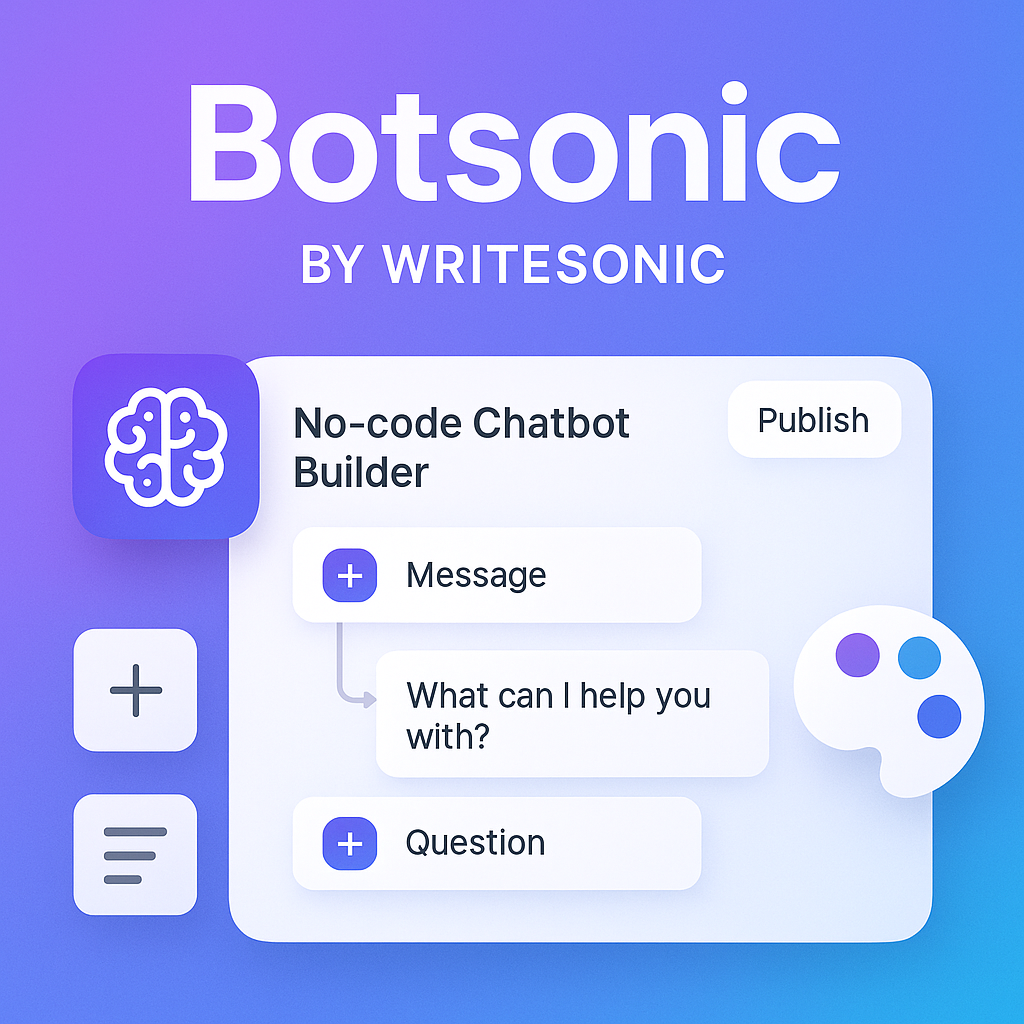
In the age of generative AI, Botsonic emerges as a powerful no-code chatbot builder that leverages the intelligence of GPT-4 to create highly capable conversational agents. Developed by Writesonic, this platform is designed for businesses that want to deploy sophisticated AI chatbots without the need for extensive technical resources. The standout feature of Botsonic is its ability to train on your own data. You can upload PDFs, Word documents, or even provide a link to your website, and Botsonic will use that information to answer user questions accurately. This makes it an incredibly effective tool for creating customer support bots that have deep knowledge of your products and services. The platform features an intuitive drag-and-drop interface, brand customization options, and omnichannel deployment capabilities. For businesses looking to harness the power of large language models for customer service automation without the complexity of building from scratch, Botsonic is a compelling option.
5.12. Drift
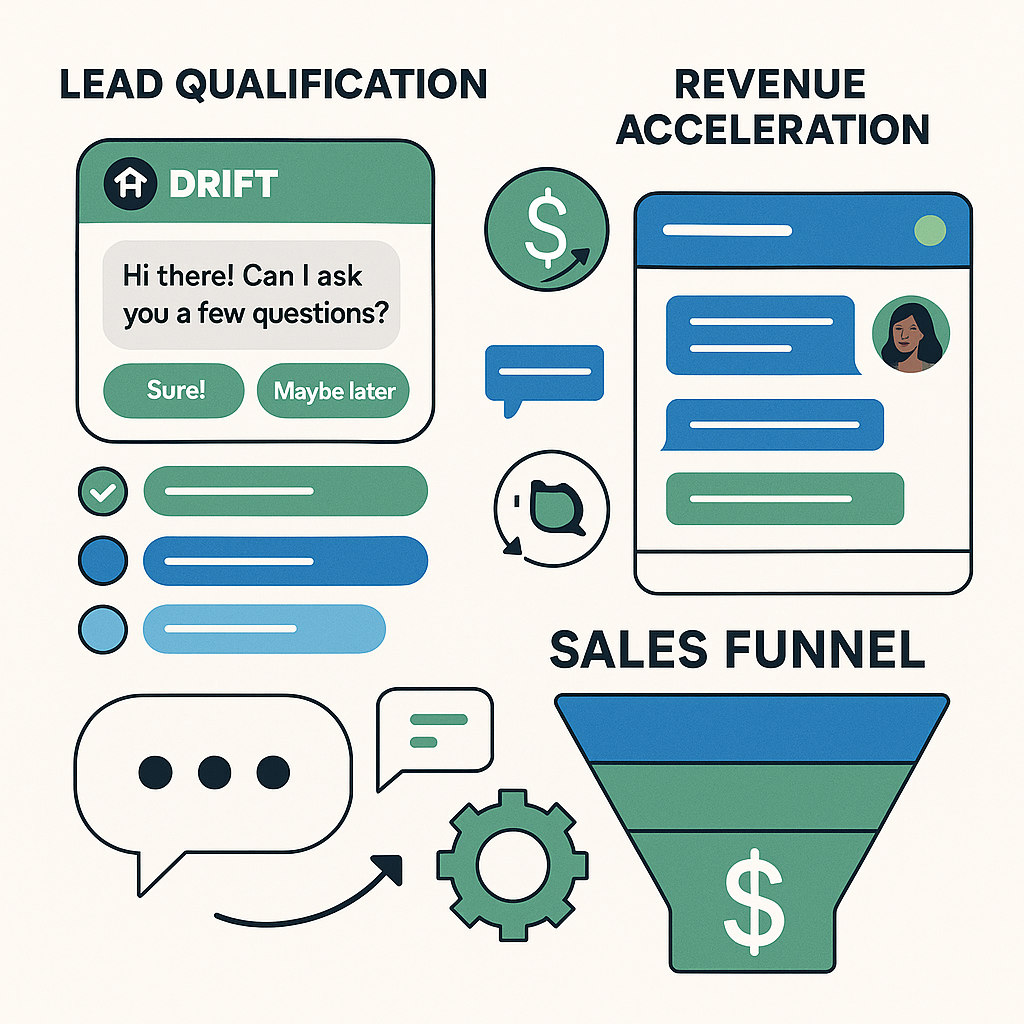
Drift has positioned itself as a leader in the conversational marketing and sales space. While many frameworks focus on support, Drift is laser-focused on revenue acceleration. It is a platform designed to help businesses engage with website visitors in real-time, qualify leads, and book sales meetings. Drift's AI-powered chatbots can replace static lead capture forms with interactive conversations, engaging potential customers 24/7. The platform uses data-driven personalization to tailor conversations to each visitor, increasing engagement and conversion rates. A key feature is its integrated meeting scheduling functionality, which eliminates the friction of back-and-forth emails. While it is a premium-priced platform, its direct impact on the sales pipeline provides a clear return on investment. For sales and marketing teams looking for a conversational chatbot platform that is designed to drive revenue, Drift is a top contender.
5.13. Chatfuel
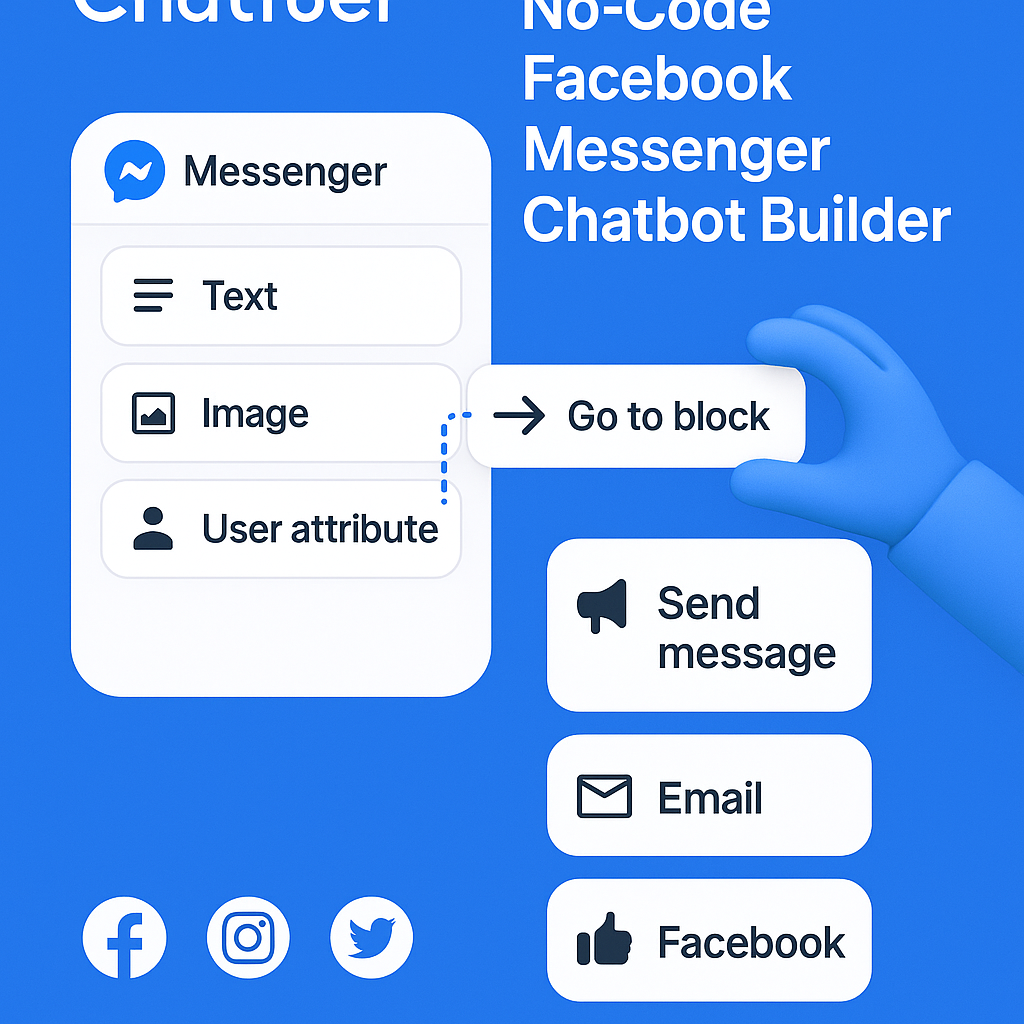
Chatfuel is one of the most popular no-code chatbot builders, particularly for Facebook Messenger and Instagram. It is designed for marketers and business owners who want to create engaging conversational experiences on social media without writing a single line of code. The platform features a simple and intuitive visual builder that allows you to create conversation flows using drag-and-drop blocks. You can set up automated responses, create interactive menus, and capture user information. Chatfuel is an excellent tool for marketing automation on social media. You can use it to run promotional campaigns, deliver content, and answer frequently asked questions. While its NLP capabilities are not as advanced as some of the more developer-focused frameworks, its ease of use and tight integration with Meta's platforms make it a powerful tool for social media marketing. For businesses looking to build really good chatbots for Facebook and Instagram quickly and easily, Chatfuel is a fantastic choice.
5.14. Tars
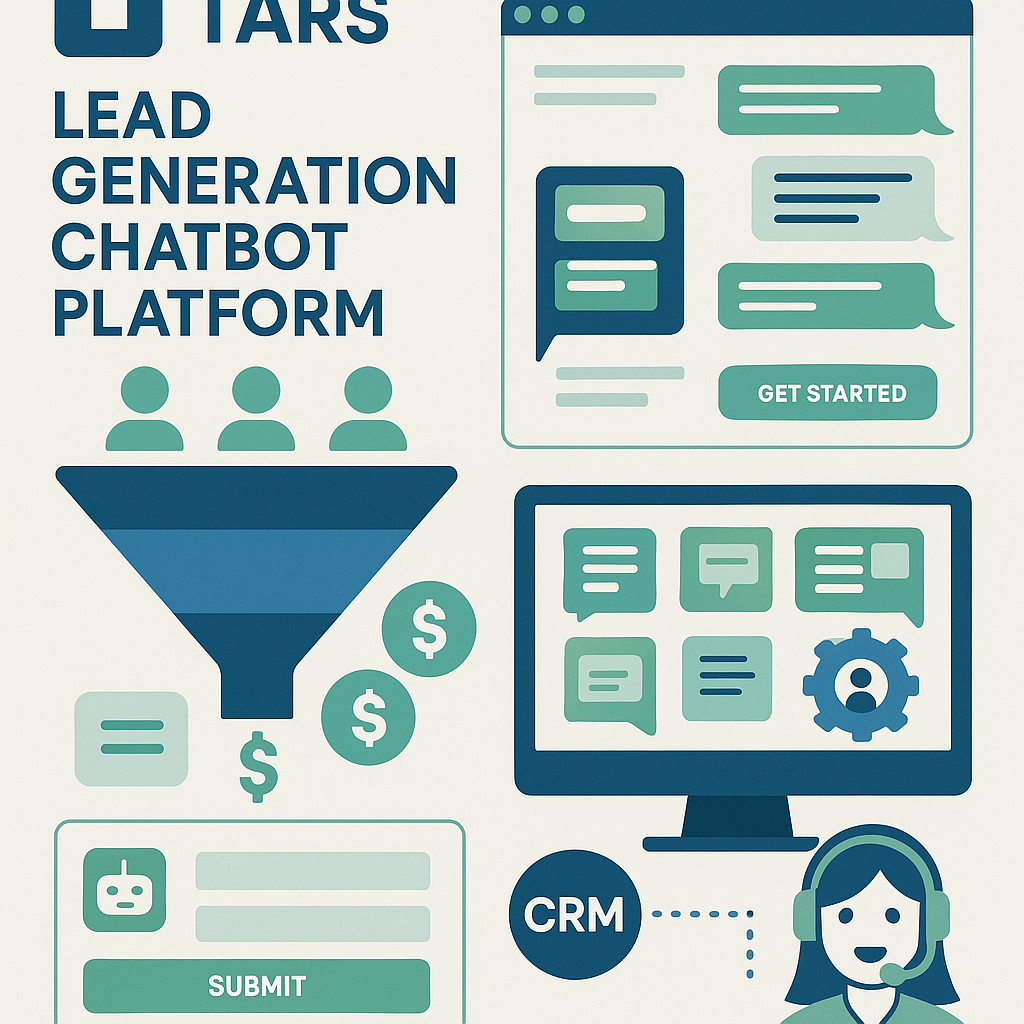
Tars specializes in creating chatbots that replace traditional landing pages and lead capture forms. The platform is built on the premise that conversations are a more engaging and effective way to capture leads than static forms. Tars provides a drag-and-drop builder and a wide range of pre-built templates for various industries and use cases. You can create conversational landing pages that guide users through a series of questions, collecting information in a more interactive and engaging way. The platform is focused on lead generation and provides features for qualifying leads, integrating with CRMs, and analyzing conversion rates. While it may not be the most advanced chatbot framework in terms of AI capabilities, its specific focus on improving conversion rates through conversational interfaces makes it a valuable tool for marketers. For businesses looking to optimize their lead generation funnels, Tars offers a unique and effective solution.
5.15. OpenDialog
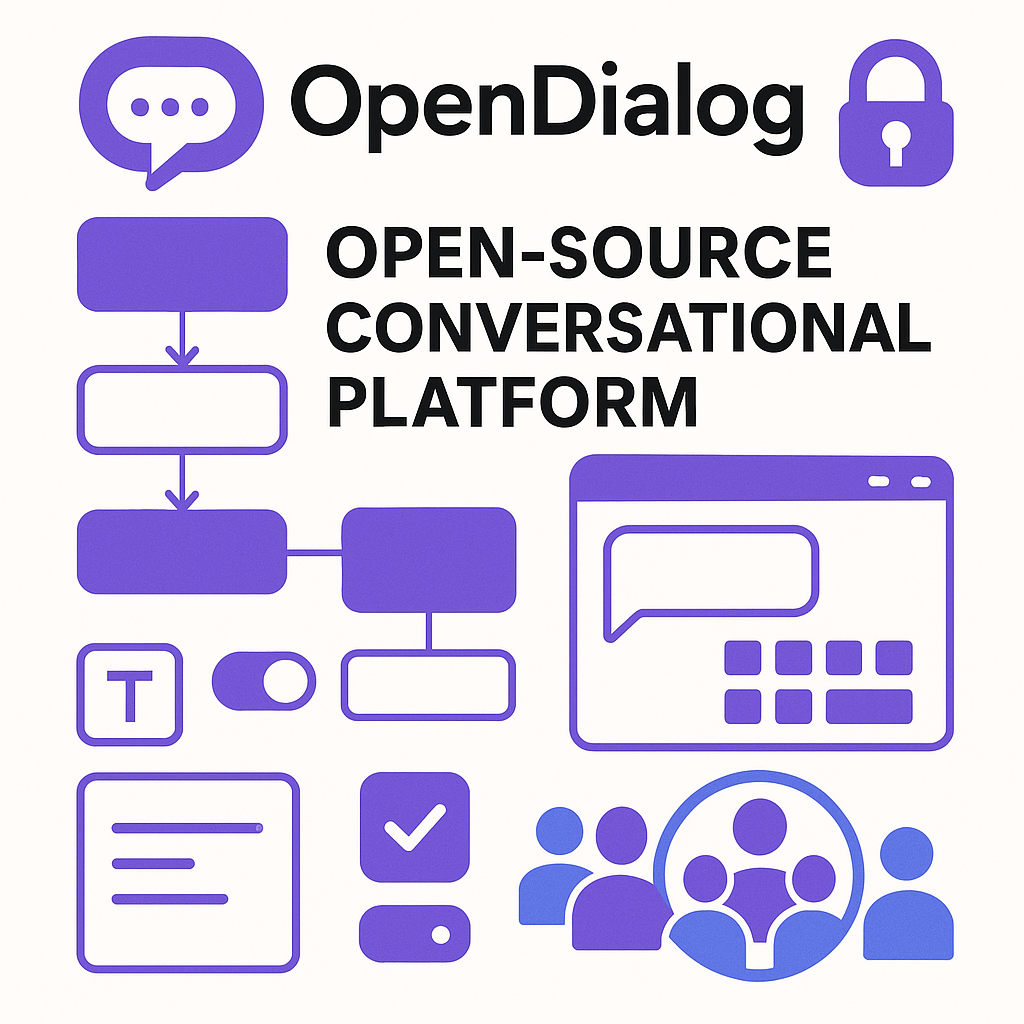
OpenDialog is an open-source, low-code conversational AI platform that is designed for conversation designers. It provides a visual interface for designing, building, and testing complex conversational experiences. The platform is built on the principle that conversation design should be at the heart of the chatbot development process. It provides a set of tools that allow designers to create sophisticated and nuanced conversations without needing to write code. OpenDialog is a flexible and extensible platform that can be integrated with various NLP engines and business systems. Its open-source nature provides the freedom to customize and extend the platform to meet specific needs. For teams that prioritize conversation design and want a tool that empowers their designers to create exceptional user experiences, OpenDialog is an excellent choice. It is a powerful addition to the landscape of chatbot development tools that puts the conversation first.
6. Chatbot Framework Comparison Table
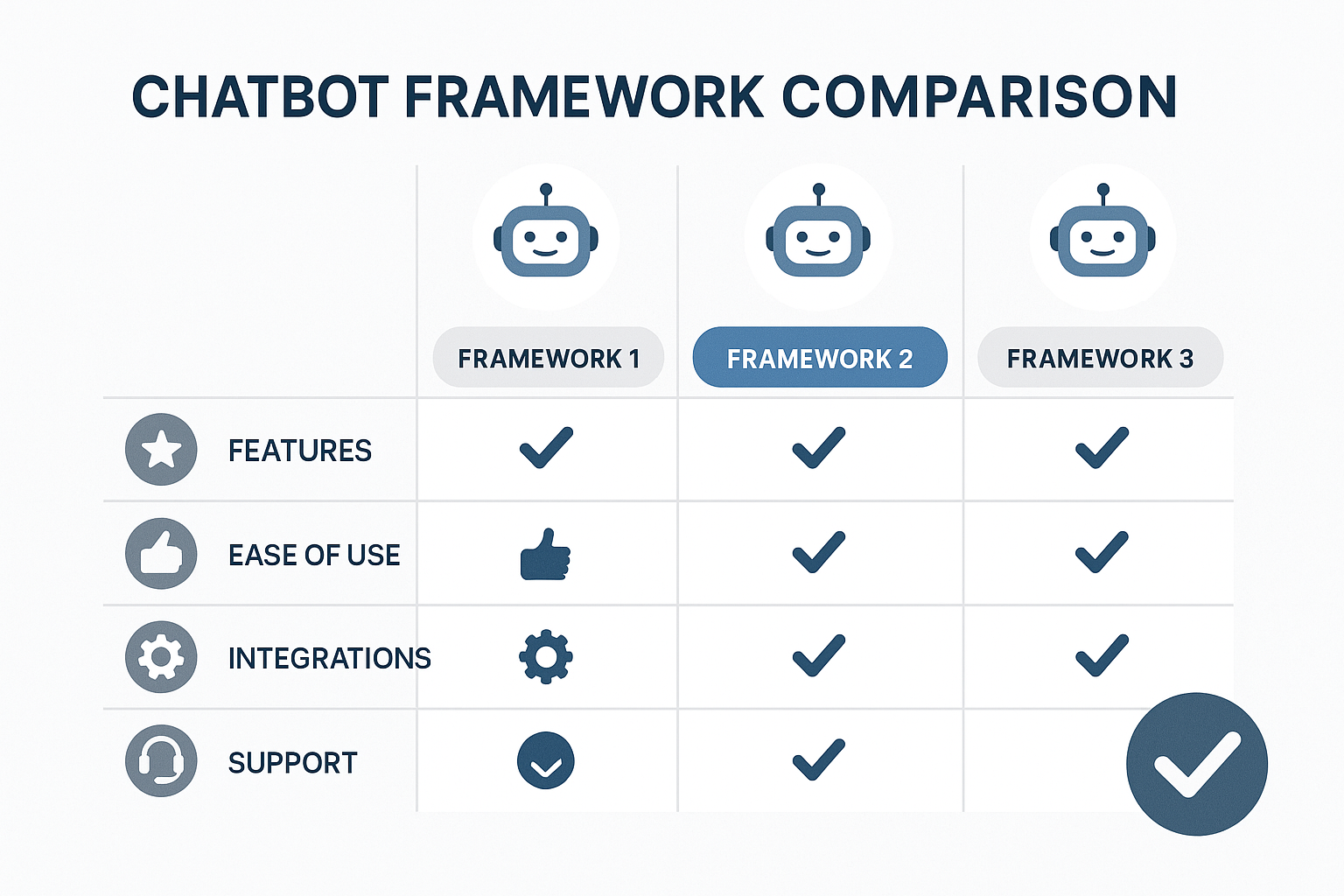
To help you make a quick and informed decision, we've compiled a comprehensive chatbot framework comparison table. This table summarizes the key features and characteristics of each of the 15 frameworks we've reviewed. Use this as a starting point to identify the platforms that best align with your business needs and technical resources.
|
Framework
|
Type
|
Best For
|
Key Feature
|
Pricing Model
|
|
Google Dialogflow
|
Cloud AI Platform
|
Google Ecosystem & Voice
|
Advanced NLU, 20+ Languages
|
Pay-per-request
|
|
Microsoft Bot Framework
|
Enterprise Framework
|
Developers & Enterprise
|
Azure Integration, SDKs
|
Free + Azure Costs
|
|
Rasa
|
Open-Source AI
|
Data Privacy & Customization
|
On-Premises, ML-based
|
Free + Enterprise Plan
|
|
Botpress
|
Open-Source Visual
|
Developers & Visual Builders
|
Visual Flow Builder, LLM
|
Free + Paid Plans
|
|
Amazon Lex
|
AWS Conversational AI
|
Voice Apps & AWS Ecosystem
|
Alexa Tech, Voice & Text
|
Pay-per-request
|
|
IBM Watson Assistant
|
Enterprise AI Platform
|
Enterprise & Complex Needs
|
Advanced NLP, Security
|
Free + Paid Plans
|
|
Wit.ai (Meta)
|
Open-Source NLP
|
Facebook Bots & Developers
|
Free, Open-Source
|
Free
|
|
Botkit
|
Developer Toolkit
|
Custom Bots & Developers
|
Code-centric, Plugins
|
Free
|
|
Kore.ai
|
Enterprise AI Platform
|
Large Enterprises
|
Omnichannel, Analytics
|
Custom
|
|
HubSpot Chatbot
|
CRM-Integrated
|
Marketing & Sales
|
CRM Integration, Lead Gen
|
Free + Paid Plans
|
|
Botsonic
|
No-Code AI Builder
|
Non-technical Users
|
GPT-4, Data Training
|
Paid Plans
|
|
Drift
|
Conversational Marketing
|
s & Revenue
|
Lead Qualification, Sales Focus
|
Premium
|
|
Chatfuel
|
No-Code Social Bot
|
Facebook & Instagram
|
Drag-and-Drop, Social Focus
|
Free + Paid Plans
|
|
Tars
|
Lead Gen Chatbot
|
Landing Pages & Lead Gen
|
Conversational Forms
|
Paid Plans
|
|
OpenDialog
|
Open-Source Visual
|
Conversation Designers
|
No-code, Design Focus
|
Free
|
7. How to Choose the Right Chatbot Framework for Your Business
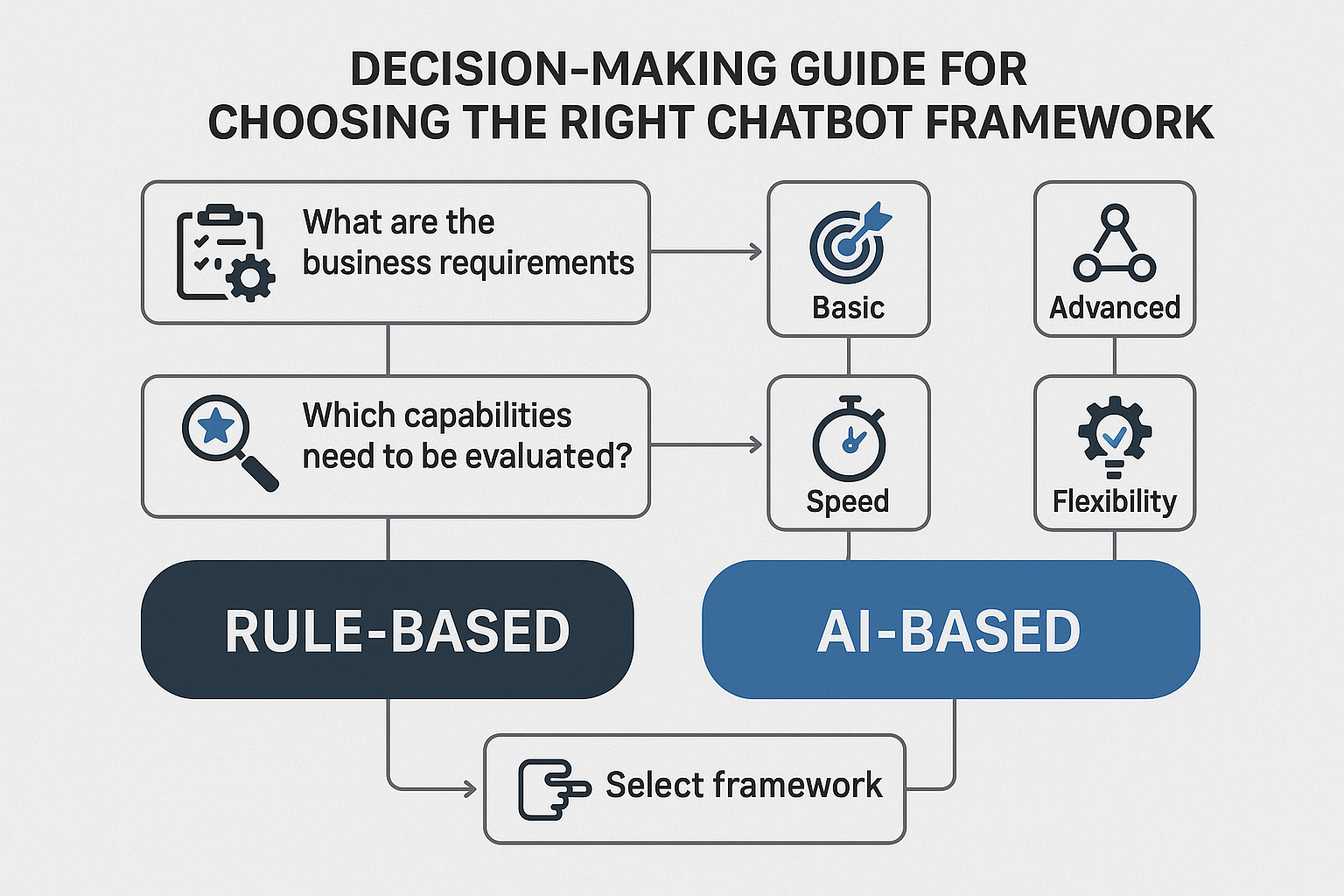
Choosing the right chatbot framework is a critical decision that will have a long-term impact on your business. With so many options available, it's important to have a clear decision-making process. Here's a step-by-step guide to help you select the best platform for your needs:
1. Define Your Use Case: The first step is to clearly define what you want your chatbot to do. Are you looking to automate customer support, generate leads, or something else entirely? A clear use case will help you narrow down your options. For example, if your primary goal is sales, a platform like Drift might be a better fit than a general-purpose framework.
2. Assess Your Technical Resources: Be realistic about the technical expertise you have in-house. Do you have a team of developers who can work with a code-driven framework like Microsoft Bot Framework or Rasa? Or do you need a no-code solution like Botsonic or Chatfuel that your marketing team can manage? Choosing a platform that matches your team's skills is crucial for success.
3. Consider Your Budget and Scalability Needs: Your budget will naturally play a significant role in your decision. While free and open-source options are attractive, they may come with hidden costs for hosting, maintenance, and development. Paid platforms often provide more support and a faster time to market. Also, think about your future needs. Will the platform be able to scale with your business as it grows?
4. Evaluate Integration Requirements: A chatbot is most powerful when it's connected to your other business systems. Make a list of the workflow automation tools, CRMs, and other software you need your chatbot to integrate with. Check if the framework you're considering has pre-built integrations for these systems or if you'll need to build custom integrations.
By carefully considering these factors, you can move beyond the hype and choose a chatbot framework that will deliver real value to your business and your customers.
8. The Future of Conversational AI: Trends for 2025 and Beyond
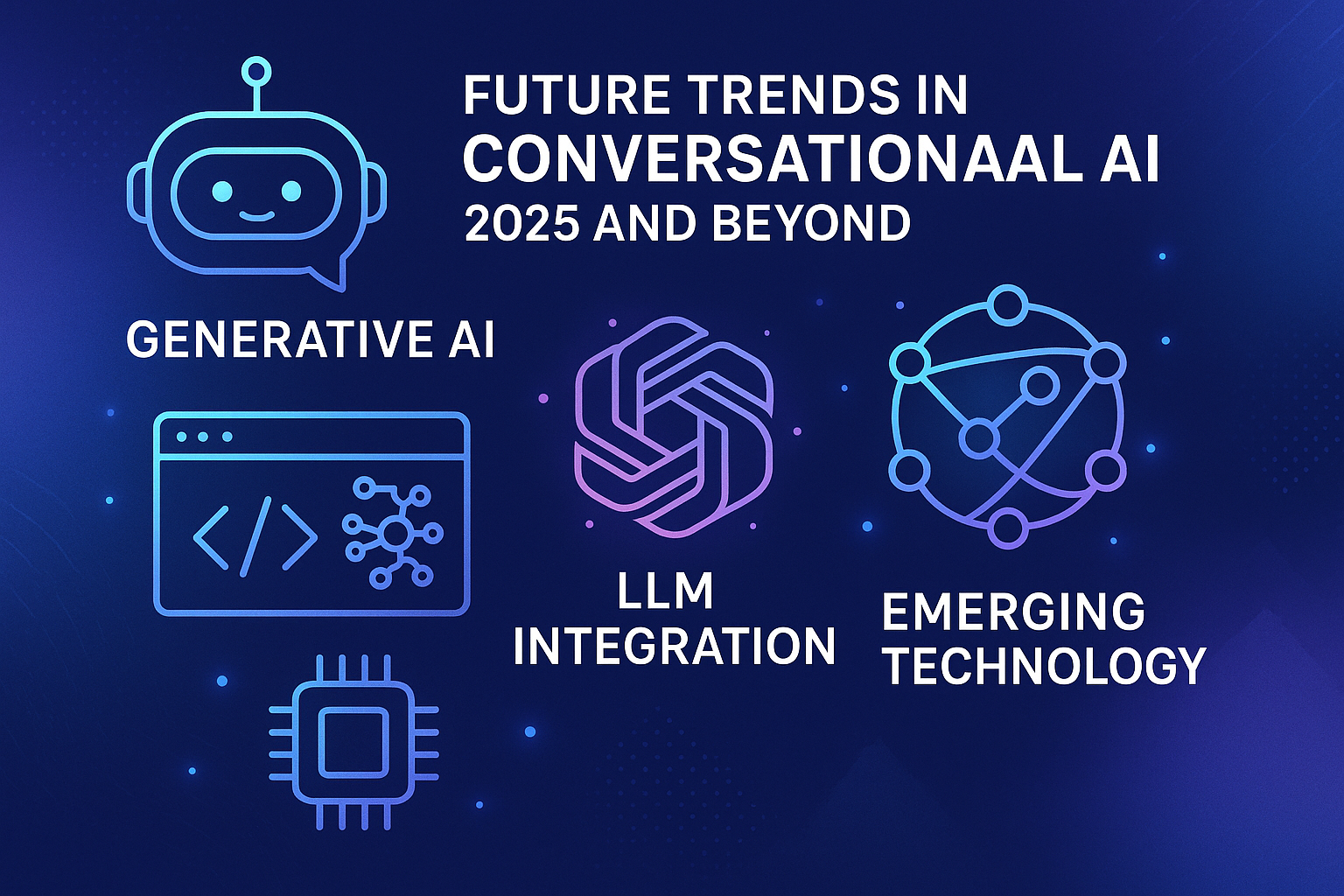
The world of conversational AI is constantly evolving, and the conversational chatbot platform of today will look very different from the one of tomorrow. As we look towards 2025 and beyond, several key trends are shaping the future of this exciting field:
•Hyper-personalization with Advanced AI: The future of chatbots lies in their ability to deliver truly personalized experiences. This will be driven by more sophisticated artificial intelligence integration, allowing bots to understand user context, preferences, and emotions on a deeper level.
•The Rise of Agentic and Proactive Bots: Chatbots are moving beyond simple question-and-answer interactions. The future is in agentic bots that can take action on behalf of the user, such as booking appointments, making purchases, and managing schedules. They will also become more proactive, initiating conversations and offering assistance before the user even asks.
•Seamless Integration with Cloud Computing Platforms: As businesses continue to move their operations to the cloud, chatbots will become even more tightly integrated with cloud computing platforms. This will enable them to access and process vast amounts of data in real-time, leading to more intelligent and context-aware conversations.
•The Impact of Generative AI and LLMs: The rise of large language models (LLMs) like GPT-4 is already having a massive impact on the chatbot landscape. In the future, we can expect to see even more powerful generative AI capabilities integrated into chatbot frameworks, leading to more natural, human-like, and creative conversations.
9. Conclusion: Your Next Steps in Building Really Good Chatbots
We've covered a lot of ground in this comprehensive guide to the best chatbot frameworks of 2025. From the enterprise-grade power of Microsoft Bot Framework to the open-source flexibility of Rasa and the no-code simplicity of Botsonic, there is a chatbot framework out there for every business and every use case. The key is to choose a platform that aligns with your specific goals, resources, and budget.
The journey to building really good chatbots starts with a clear understanding of what you want to achieve and a willingness to embrace the power of conversational AI. The right chatbot development framework is the foundation upon which you can build exceptional customer experiences, streamline your business processes, and drive significant growth.
If you're ready to take the next step in your conversational AI journey, the team at Pixcell.io has the expertise to help you navigate this complex landscape. We specialize in implementing and customizing the best chatbot solutions to meet the unique needs of our clients. Contact us today to learn how we can help you unlock the full potential of conversational AI.

